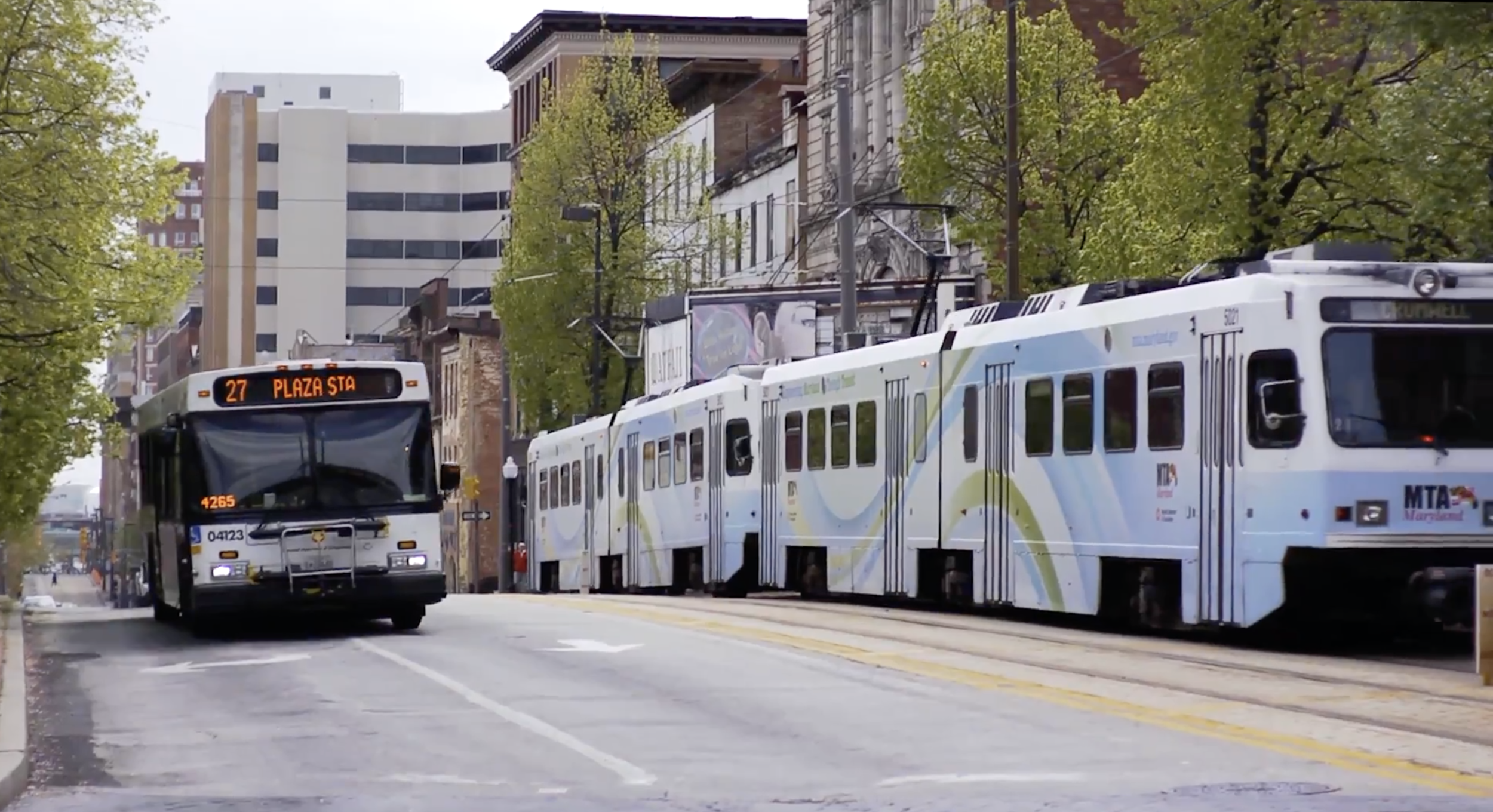In April, we wrote “It’s past time to close some streets,” arguing that Baltimore City should follow guidance from the National Association of City Transportation Officials and faculty from the Bloomberg School of Public Health to immediately repurpose some street space away from parking and close some streets to through traffic as a pandemic response. Since that time, even more cities have implemented these measures to provide additional physical distancing space for residents on city streets.
In May, Baltimore City Council unanimously passed legislation introduced by Council President Brandon Scott to implement at least 25 miles of slow streets with an equity lens within all 14 council districts. The legislation has gone unsigned by Mayor Young, but goes into effect without signature or veto after three regular council meetings.
Since this deadline is fast approaching, Baltimore City Department of Transportation has officially announced their Slow Streets Program in response to the legislation.
From the Baltimore City Department of Transportation press release:
Over the next two weeks, BCDOT will begin to implement the citywide Slow Streets program which will include temporary “Road Closed: Local Traffic Only” signage on barricades to discourage cut-through traffic. The barricades used on selected streets will decrease traffic volumes to provide safer streets for physically distant walking, wheelchair rolling, jogging, and biking across the city.
The new Slow Street Program is credited to the passing of the Temporary Street Space for Pedestrians and Cyclists Bill 20-0532 and Slow Streets Pilot Program, which includes three locations across the city at Druid Hill Park, Lake Montebello, and Patterson Park. The new Slow Street Program will give residents more space to social distance and is designed to promote social distancing efforts for essential exercise and moving around town. Since the city council passed Bill 20-0532, BCDOT has identified nearly 65-miles citywide of potential Slow Streets and will work with each City Councilmember to seek input from and prioritize the 25-miles mandated by the City Council.
In addition to identifying 65-miles of potential Slow Streets, BCDOT will begin accepting potential Slow Street nominations from residents across the City of Baltimore. All nominations must meet BCDOT’s Slow Streets criteria and will require sponsorship from their respective Councilperson in order to be approved for implementation. There will be an evaluation period 30 days after 25-miles of Slow Streets have been installed across the city. Baltimore City residents will be able to provide official comments and provide feedback.
Drivers should only use a designated Slow Street if their destination is within two blocks of that street. Residents, emergency vehicles, deliveries, and trash collection vehicles still have access to Slow Streets. Streets with bus routes are not eligible for a Slow Streets designation.
Click here to visit the BCDOT Slow Streets page and FAQ, and if you would like to request BCDOT consider a slow street in your neighborhood, you can fill out an interest form by clicking here.
We look forward to examining proposed implementations as more information becomes available, and will continue to hold the city accountable to the legislation’s intent to design and implement Slow Streets equitably. This includes using signage and barricades for closures, without any use of police enforcement.






